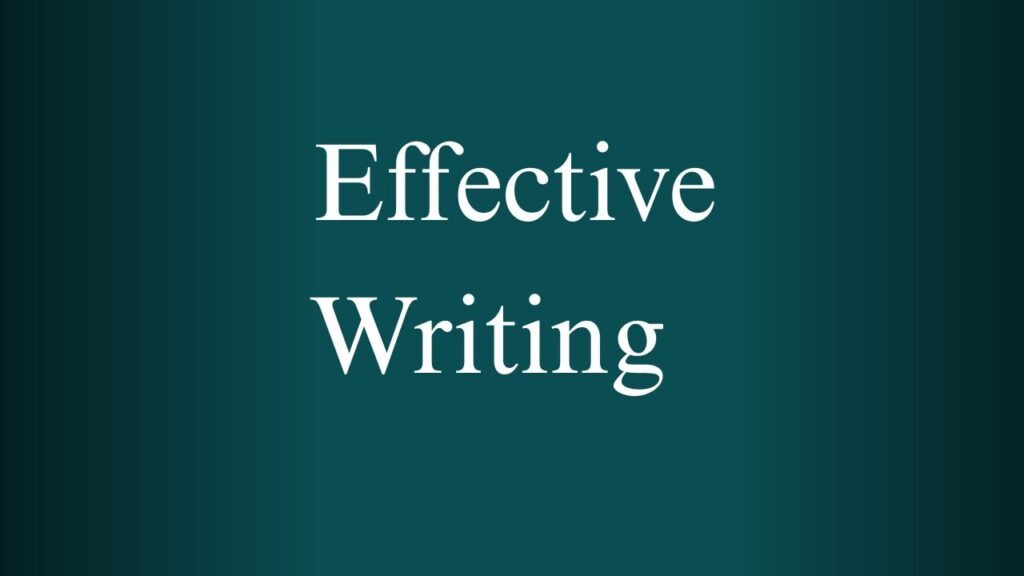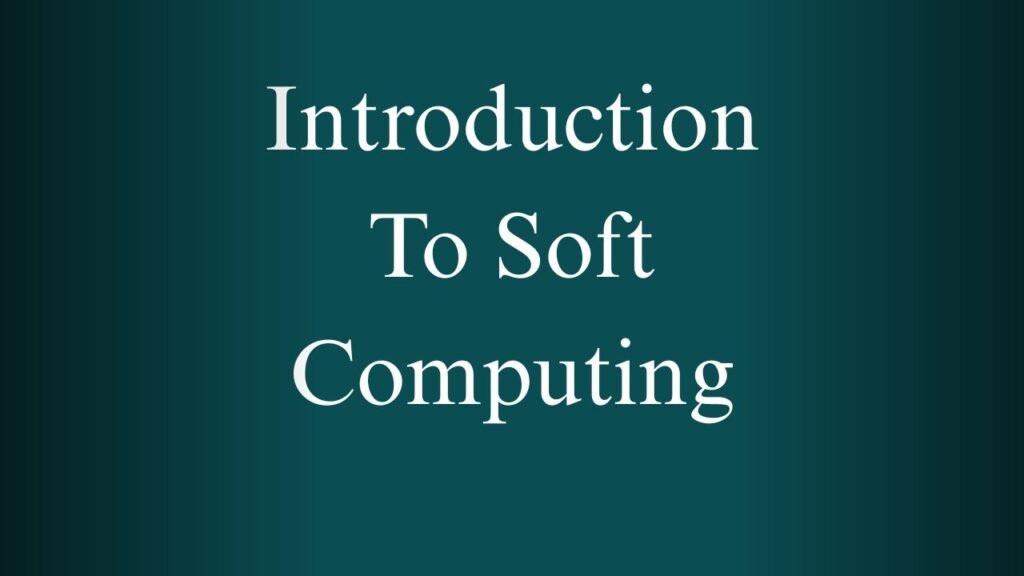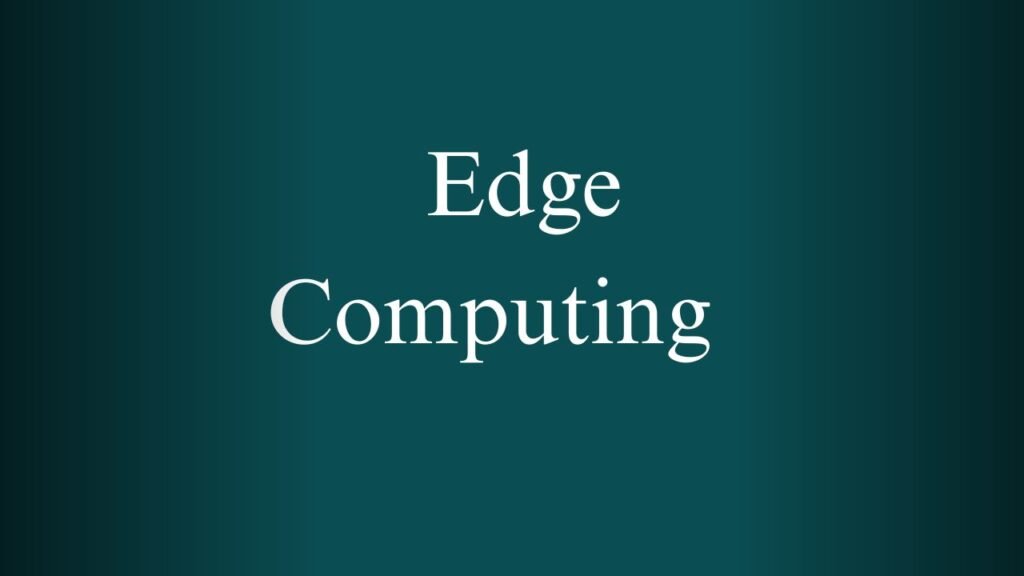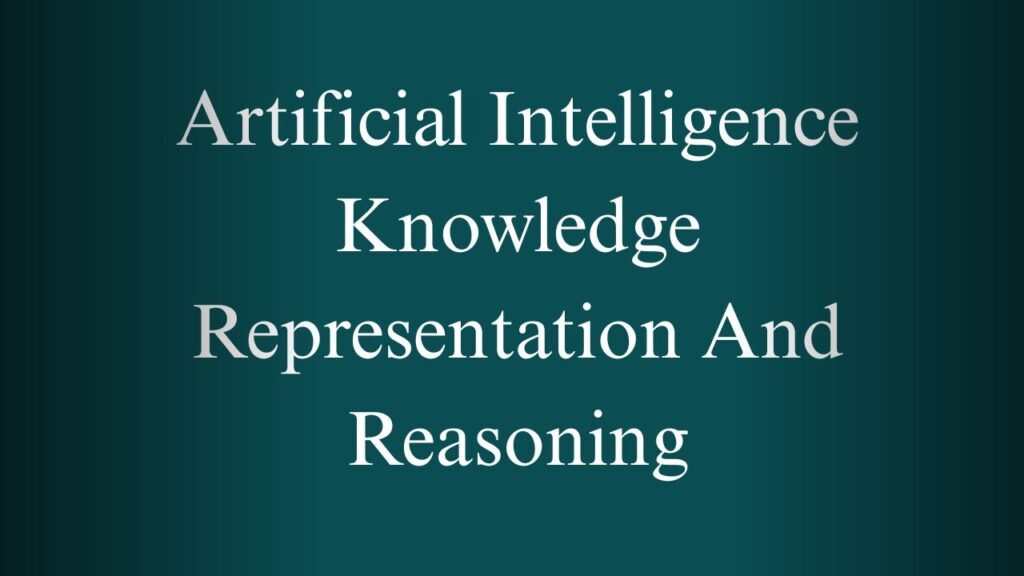NPTEL Entrepreneurship Essentials Week 1 And 2 Assignment Answers 2025
1. Out of the following options, which is the most significant motivation for individuals to embark on entrepreneurship?
- a. Personal fulfillment, alleviating acute pain and societal contribution ✅
- b. Maximizing economic value for the individual
- c. Pursuing autonomy and being one’s own boss
- d. Tackling environmental challenges for global betterment and a sustainable world
✅ Answer: a
Explanation: While financial and personal independence are key, personal fulfillment and solving real societal problems drive deeper entrepreneurial passion and impact.
2. Which one of the following statements is more accurate than the rest?
- a. Entrepreneurship, being highly risky, is only viable for individuals with a background in business.
- b. The level of entrepreneurship in a country is a key determinant of its citizens’ quality of life. ✅
- c. Engaging in entrepreneurship invariably leads to an improvement in the quality of life for entrepreneurs.
- d. Extroverted individuals are predominant among successful entrepreneurs.
✅ Answer: b
Explanation: A thriving entrepreneurial ecosystem directly boosts employment, innovation, and economic growth, improving quality of life.
3. What is the most significant aspect of entrepreneurs among the following?
- a. Entrepreneurs generate wealth for investors.
- b. Entrepreneurs primarily accumulate wealth for themselves.
- c. Entrepreneurs contribute to national wealth creation in many ways. ✅
- d. Entrepreneurs play a crucial role in social advancements in a country.
✅ Answer: c
Explanation: While they may personally benefit, entrepreneurs are economic drivers, generating jobs, taxes, and GDP growth.
4. Which of the following characteristics best describes entrepreneurs?
- a. Fearful of risks and uncertainties
- b. Enthusiastic about taking calculated risks ✅
- c. Indifferent to risk considerations and focused on immediate gains
- d. Averse to risk-taking in general
✅ Answer: b
Explanation: Entrepreneurs are not reckless but analyze, calculate, and take strategic risks in pursuit of opportunities.
5. Which of the following is NOT acknowledged as a misconception about entrepreneurship?
- a. Entrepreneurs are born into business families.
- b. A significant portion of entrepreneurial knowledge can be acquired through learning. ✅
- c. Entrepreneurs are typically extroverts.
- d. Initiating an entrepreneurial venture demands substantial capital.
✅ Answer: b
Explanation: This is not a misconception—it’s actually true that entrepreneurial skills can be learned.
6. What factor is NOT attributed to the success of Sophia Amoruso?
- a. Her acute understanding of the customers
- b. Her expertise as the CEO of NastyGal ✅
- c. Her social skills
- d. Uncompromised and consistent ethics
✅ Answer: b
Explanation: Sophia Amoruso’s journey wasn’t defined by her CEO title but by customer insight, branding, and ethical values.
7. The ____________ in simple words is where a company wants to reach in the long run. All members of the company must share the same ____________ to reach that goal.
- a. Vision ✅
- b. Mission
- c. Strategies
- d. Values
✅ Answer: a
Explanation: A vision statement defines the long-term goal or dream of the organization.
8. Which among the following qualities are the LEAST requirement for employees to pursue ‘Corporate Entrepreneurship’?
- a. Full empowerment to think out of the box and act like an entrepreneur without major part of the risks.
- b. Should possess creativity and be innovative in conceiving new products, services, and processes and execute them effectively.
- c. Action-oriented, self-driven, and creative.
- d. Have managerial, technical, and interpersonal skills. ✅
✅ Answer: d
Explanation: While these skills help, entrepreneurial spirit is more about innovation and risk-taking than just technical/managerial proficiency.
9. Statement: “We curate and showcase a diverse array of exquisitely crafted handmade products…” – What is this statement?
- a. Vision
- b. Mission
- c. Strategies ✅
- d. Values
✅ Answer: c
Explanation: This is a strategic direction or operational plan for how the business will achieve its goals, not its vision.
10. Which of the following best defines empathy?
- a. The ability to understand and share the sorrows of another and express our pain for the same.
- b. The ability to feel the pain of others almost as much as we feel when we suffer the same. ✅
- c. The ability to sympathize with others for all their pains as well as celebrate their joys.
- d. Never to miss a chance to say “sorry’ when one comes to know about another person’s loss or pain.
✅ Answer: b
Explanation: Empathy is about deep emotional understanding and connection, not just sympathy or polite acknowledgment.
NPTEL Entrepreneurship Essentials Week 2 Assignment Answers
1. Which of the following cannot be concluded from the story of Dhirubhai Ambani?
- a. Entrepreneurs identify opportunities in adversities
- b. Entrepreneurs start it big to be successful ✅
- c. Entrepreneurs are knowledge seekers
- d. Entrepreneurs have a compelling vision and a comprehensive plan to execute it
✅ Answer: b
Explanation: Dhirubhai Ambani started small and grew gradually through vision, risk-taking, and perseverance. Hence, starting “big” is not a necessary trait in his story.
2. Which of the following represents the five forces of competition as espoused by Porter?
- a. Core competency, Competitive rivalry, government policy, threat of new entrant, threat of substitution
- b. Competitive rivalry, government policy, buyer power, threat of substitution, threat of new entry
- c. Competitive rivalry, supplier power, buyer power, threat of substitution, International competition
- d. Competitive rivalry, supplier power, buyer power, threat of substitution, threat of new entrant ✅
✅ Answer: d
Explanation: Michael Porter’s Five Forces are: competitive rivalry, supplier power, buyer power, threat of substitution, and threat of new entrants.
3. Which of the following helps gain the LEAST amount of competitive advantage?
- a. Innovative technology and protecting intellectual property rights (IPR)
- b. Efficient cost management to ensure price advantage
- c. Building trusted brands with increasing loyal followers
- d. To achieve first-mover advantage through great execution ✅
✅ Answer: d
Explanation: First-mover advantage may not last without sustained innovation or value. Others offer longer-term advantages through cost, brand, or IP.
4. What is meant by limited liability in a limited liability legal entity?
- a. The liability of the company is limited to its resources
- b. The liability of any owner is limited to his/her share of the business at any point in time ✅
- c. The liability of any owner is proportional to his/her shareholding in the company
- d. The liability of a company is limited to the market value of its assets
✅ Answer: b
Explanation: In limited liability, owners are not personally liable beyond their investment in the business.
5. In partnership form of business, the written agreement duly stamped and registered is known as:
- a. Partnership MOU
- b. Memorandum of partnership
- c. Partnership deed ✅
- d. Partnership agreement
✅ Answer: c
Explanation: The “partnership deed” outlines terms, roles, profit-sharing, and responsibilities in a partnership.
6. Which form of business has a limited life?
- a. Limited liability partnership
- b. Proprietorship ✅
- c. Private limited company
- d. Public limited company
✅ Answer: b
Explanation: A proprietorship ends with the death or decision of the owner, unlike incorporated entities.
7. Investors prefer which legal structure and why?
- a. Proprietorship – liberty and personal asset attachment
- b. Partnership – multiple founders and flexibility
- c. Private limited company – limited liability and ability to add shareholders ✅
- d. Public limited – share market listing
✅ Answer: c
Explanation: Investors prefer Private Limited Companies for their limited liability, clear structure, and investor readiness.
8. When should a startup register a limited liability company?
- a. At the idea stage
- b. When the prototype is ready and customer validation is in the process
- c. When the business demands such as approaching investors or incubators ✅
- d. When applying for patent or trademark or GST registration
✅ Answer: c
Explanation: A formal company structure is needed when seeking funding, incubation, or partnerships.
9. What was the main reason for failure of Iridium?
- a. Over-pricing
- b. Excessive capital cost
- c. The technology was ahead of time
- d. Lack of product-market fit ✅
✅ Answer: d
Explanation: Iridium failed mainly because there was no real market demand for its expensive and bulky satellite phones.
10. Which of the following can create the least of Entry Barriers?
- a. Brand loyalty
- b. Business process management at the shop floor ✅
- c. Ownership of intellectual property
- d. Logistic advantage
✅ Answer: b
Explanation: Internal business process improvements are not visible or difficult to replicate, so they offer minimal barrier to new entrants.



